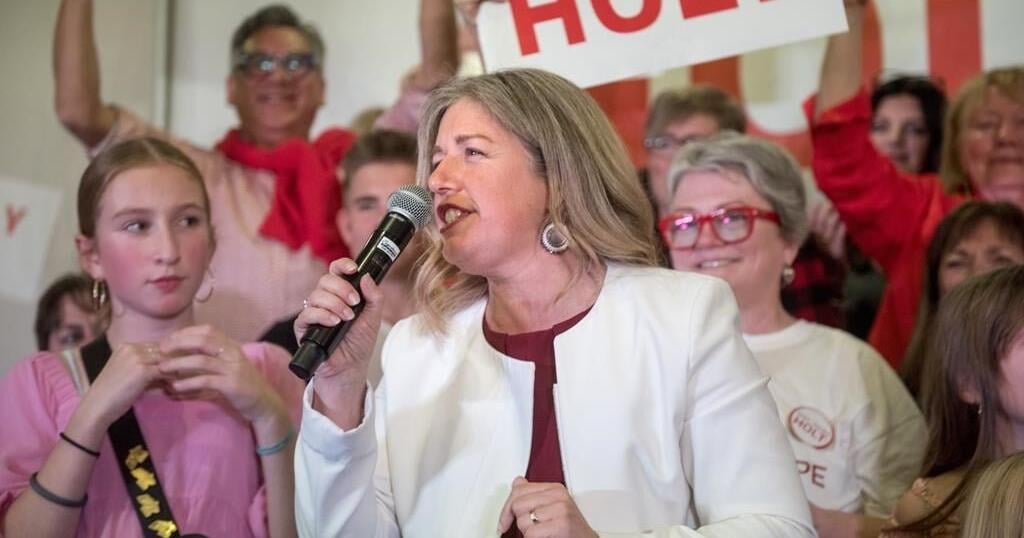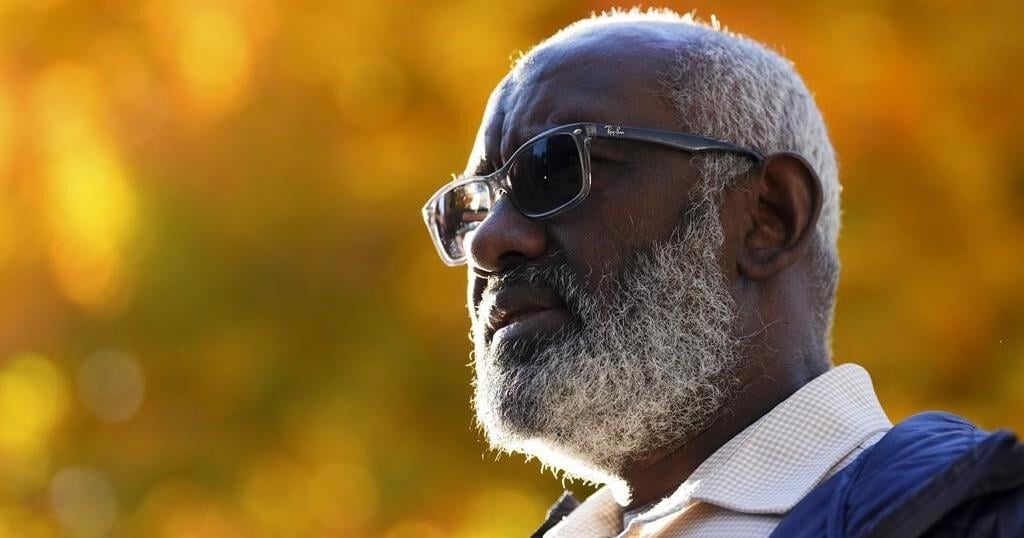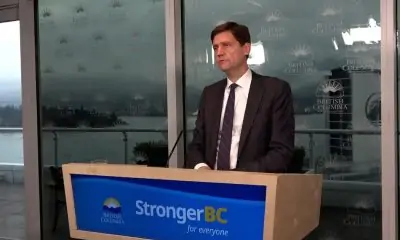LOS ANGELES (AP) — Clayton Kershaw’s return to the rotation was once expected to be an added bonus as the Los Angeles Dodgers geared up for a postseason run.
It turns out, the longtime ace is coming back at a pivotal time.
When Kershaw takes the mound Thursday afternoon against the rival San Francisco Giants, manager Dave Roberts and Dodgers executives are hoping the three-time NL Cy Young Award winner can bring stability to a rotation beset by injuries most of the season.
“I’m excited to get back,” Kershaw said before the Dodgers faced the Giants on Wednesday night. ”It’s been a long time. Longest time I’ve ever spent not pitching in a big league game. Obviously, once you get back out there you’ve just got to perform.”
Kershaw’s return from offseason shoulder surgery ended up being on schedule. The left-hander said at the start of spring training that he thought July or August would be when he could come back.
He made three minor league rehab starts, but was shut down for a week after his first appearance on June 19 because of lingering soreness. Kershaw went four innings and threw 67 pitches (49 strikes) in his last rehab outing Friday for Triple-A Oklahoma City, allowing three runs and six hits with two strikeouts and no walks.
Roberts said the same guardrails would be in place as when Kershaw returned last season after missing 35 games due to soreness in his left shoulder.
He went five innings in his first two starts last August. He threw 67 pitches in the first outing and 71 on five days’ rest in the second.
“I think watching as far as stressful innings. If a pitch count kicks up in an inning or back-to-back high pitch counts. Not even overall total pitches,” Roberts said. “The most important part is getting him built up and ready for October.
“It has been a long process for him, and we’ve got coverage, so whatever happens, we’ll be prepared for that.”
The 36-year-old Kershaw has been adamant that he expects to return to his old form soon. Despite pitching with shoulder pain all last season, he went 13-5 with a 2.46 ERA in 131 2/3 innings over 24 starts.
“The road back, being able to get back, a lot of people spent a lot of time trying to help me,” Kershaw said Wednesday. “It means a lot to a lot of different people. That’s pretty humbling. Overall, definitely excited to get back.”
Who else will be with Kershaw in the rotation remains a work in progress.
Tyler Glasnow came off the injured list and started Wednesday night after missing two weeks due to back tightness. Glasnow and Gavin Stone are tied for the team lead in starts with 18.
James Paxton, who also started 18 games, was designated for assignment on Monday.
The Dodgers are still missing Walker Buehler (right hip inflammation) and Yoshinobu Yamamoto (right rotator cuff).
Buehler threw a bullpen Tuesday, with a minor league rehab stint likely on deck. Yamamoto is on a throwing program but has yet to begin working off a mound. He isn’t expected back until possibly late August.
Los Angeles has stayed atop the NL West thanks to the contribution of rookies. The Dodgers are 27-18 when a rookie starter is on the mound.
Rookie pitchers have started 45 games for the Dodgers this season and are 17-8 with a 3.00 ERA. Stone leads the team in wins with nine, while Landon Knack, Justin Wrobleski and River Ryan are expected to get more starts over the next month.
Even with 13 pitchers starting a game this season, the Dodgers’ rotation has the fifth-lowest ERA in the NL (3.91) and is holding opponents to a .234 batting average, second-best in the league.
While Kershaw didn’t know what to expect after having surgery for the first time in his baseball career, he is happy to be preparing for a start.
“There were a couple speed bumps that were part of the process. I’m thankful I went through it and now on the back side,” he said.
ROSTER MOVES
In addition to activating Glasnow, the Dodgers signed 34-year-old shortstop Nick Ahmed — a Gold Glove winner with Arizona in 2018 and 2019. Los Angeles infielder Miguel Rojas was placed on the 10-day injured list with right forearm tightness, retroactive to July 22. Knack was optioned to Triple-A and right-hander Ricky Vanasco was designated for assignment.
___
AP MLB:

























